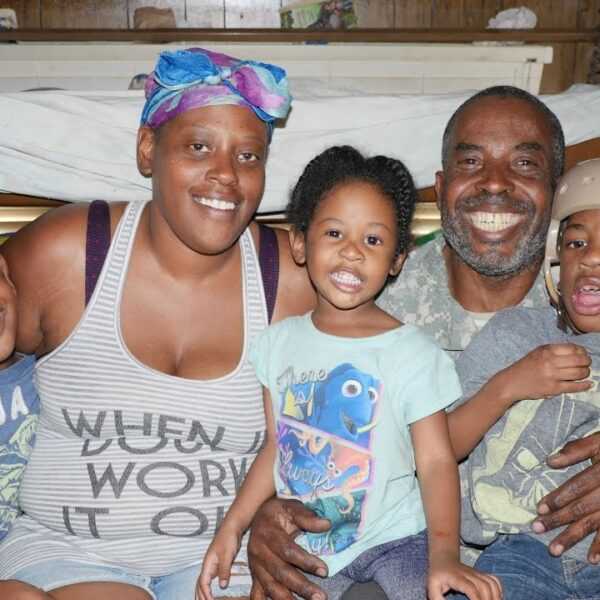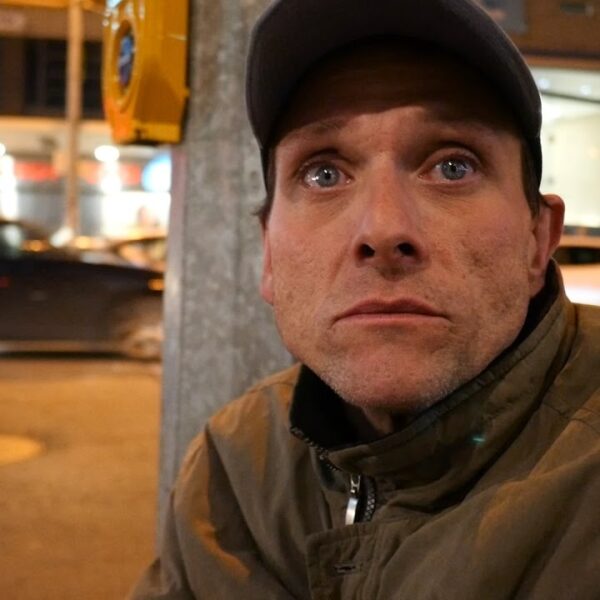As advocates, when we look at the lack of affordable housing, we often gravitate toward the fact that it is the leading cause of homelessness. This is true. But there are other aspects of affordable housing that are also worth our attention. While building more affordable housing could significantly reduce our national homeless epidemic, it also has other benefits.
Today, we will review the upside of building more affordable homes and the possible consequences of failing to do so.
A study by Rosen Consulting Group makes an excellent case in support of constructing more affordable homes. The research examines decades of building practices to determine the myriad of consequences for underbuilding in regards to:
- Economy
- Community
- Infrastructure
- Family life and much more
Consequences for Underbuilding in the Affordable Housing Sector are Nothing Short of Devastating
Here are some key findings that illustrate the desperate need for constructing more affordable homes. As a result of underbuilding in the affordable housing sector, the following consequences have quietly but heavily impacted the US:
Housing supply not meeting demand
Underbuilding creates an atmosphere where the supply simply cannot meet the demand. This causes rents and mortgages to drastically increase, exacerbating the housing crisis and deepening the wealth inequality gap.
Slowing down the pace of household formation
As a result of drastic declines in residential fixed investment, which equate to a $4.4 trillion shortfall, millions of millennials have been forced to remain in their parent’s homes, unable to make ends meet on their own. Many of these individuals have college degrees and massive amounts of student loan debt.
Not only is living doubled up with parents a form of homelessness, but it is also an underlying factor in declining marital and fertility rates amongst young people. When adults between the ages of 25 and 34 delay moving out and starting families of their own, homeownership rates drop, and rents get hiked, hurting everyone in the community. But that’s only the beginning of the problems this can cause.
All across the globe, entire towns are going “extinct” in the sense that they cannot repopulate because the young people delay reproduction due to fear of poverty. In extreme cases, aging populations dwindle, and entire villages vanish from existence.
Quality of living plummets
Buyers are vying for a limited supply of available homes. Low and middle-income earners are almost entirely squeezed out of the housing market. Renters regularly face severe financial burdens. The result is everything in the community falls apart.
Think of the home as the foundation upon which other important social structures are built. Without the home, there is no school, no car, no benefits, or sustainability. As the quality of living plummets, so does working-class morale. Eventually, workers drop out of the labor force in droves, much like we are witnessing today.
The looming Great Resignation isn’t just a byproduct of stagnant wages. It is equally reflective of the modern worker’s frustration with exorbitant costs of living, much of which is rooted in housing prices.
Benefits of Constructing Affordable Housing Units
According to the Rosen Consulting Group, constructing affordable housing at a pace that meets market demands would generate approximately $53 billion in new tax revenue each year, not to mention creating millions of new jobs and countless community opportunities.
Lower rental rates and evictions would mean higher education rates for school-aged children and the prospect of independence for the 25-34 age bracket.
This action would also seriously undercut homelessness, freeing tax dollars currently spent on criminalizing poverty through anti-camping legislation. With the homeless crisis averted or significantly reduced, cities could save millions by simply not conducting costly encampment sweeps and building barbarous anti-homeless architecture into railings and subway benches.
Imagine a world where everyone spends less than 30% of their paycheck on rent or mortgage payments. Envision a city where nobody is sleeping on the streets. Picture a place where poverty isn’t masked behind social media filters because popularity is a currency that never does pay the bills. Visualize a future full of families where young people are placed in high-paying positions in the fields they went to school for, rather than one where college degrees collect dust on grandma’s windowsill while new graduates ring up Mocha Frappuccino’s at the local hipster hangout, digging for dreams at the bottom of a tip jar.
When you stripped away the wealth gap, this is what the world looks like when it’s full of affordable homes. All we need to do now is build it. It starts with one phone call.













